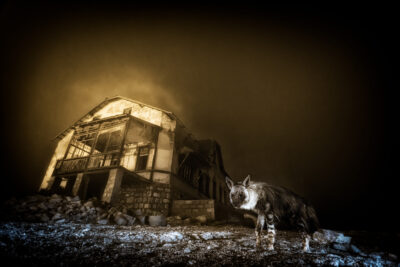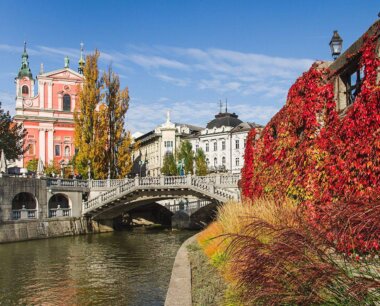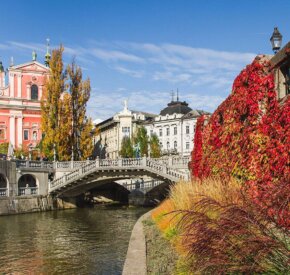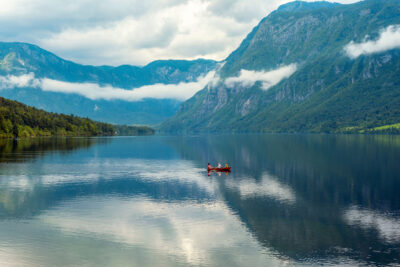
World Lake Day: 12 spectacular lakes to add to your to-visit list
The first ever World Lake Day is being marked on 27 August
From oceans and rainforests to lions and orangutans, there are international days to support a number of important causes. The latest to join their ranks? World Lake Day.
Held for the first time in 2025, 27 August was announced as World Lake Day back in December 2024 with the aim of raising awareness around the threats facing these natural bodies of water.
Covering around 4% of the world’s surface, lakes are important source of fresh water, are critical for maintaining biodiversity, and help with climate change by storing carbon. Yet pollution, climate change and overtourism are all having an impact.
This World Lake Day, we want to shine a spotlight on 12 beautiful lakes around the world.
1. Loweswater Lake, Lake District, UK

While most visitors to the Lake District stick to the big hitters, like Windermere, England’s longest lake, there are plenty of lesser-known gems that you can explore in peace without too many other tourists around. Loweswater Lake is one of our favourites, particularly as the circular route around it is only four miles, making it a perfect spot for a leisurely walk.
More information: visitlakedistrict.com
Read next: 15 things you must do in the Lake District
2. Loch Tay and Loch Earn, Scotland, UK
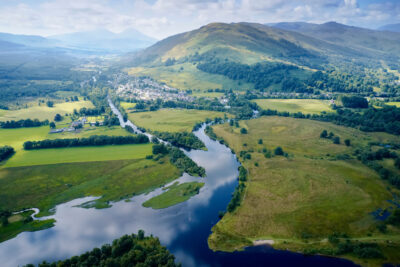
While there’s only one freshwater ‘lake’ in Scotland (Lake of Menteith, in case you were wondering), there are more than 30,000 lochs. The most famous is probably Loch Ness, thanks to the monster, followed by Loch Lomond, which is the largest lake in Great Britain by surface area. Both can get very busy during the summer months, so why not branch out? Both Loch Tay and Loch Earn are popular spots for watersports, and there are a number of hiking routes nearby both.
More information: visitscotland.com
Read next: Meet Scotland’s 9 most accessible Munros. How many will you bag?
3. Lake Saimaa, Finland
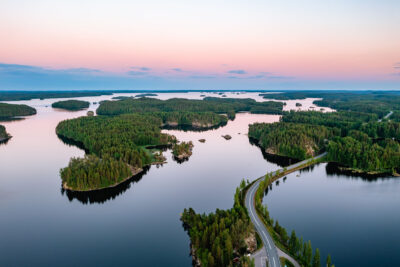
Known as the land of a thousand lakes, Finland has plenty of options for travellers – although the vast majority of these are less than 500 square metres. The biggest, Saimaa, is the fourth-largest natural freshwater lake in Europe, spanning some 4,279 square kilometres. Here, you can spot ringed seals – one of the world’s most endangered seals, which are only found in Lake Saimaa – head to a lakeside sauna, give forest meditation a go, or explore the region’s fantastic culinary offering, having been named the European Region of Gastronomy last year.
More information: visitsaimaa.fi
4. Lake Bohinj, Slovenia
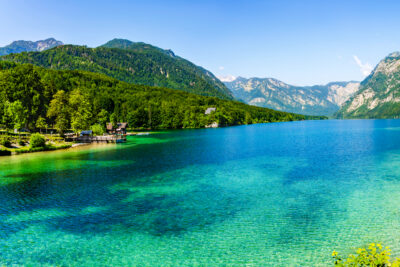
Lake Bled understandably draws in the crowds, with its stunning blue waters and the picture-perfect Bled Island. But if you’re looking to enjoy Slovenia’s Julian Alps without too many fellow tourists about, Lake Bohinj is an excellent option. An easy day trip from Bled, you can walk the 12km trail around the lake in three to five hours, with the option to take a detour up to Savica Waterfall.
More information: bohinj.si
5. Lake Constance, Austria, Germany and Switzerland
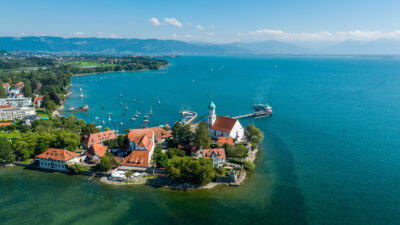
While you’ve undoubtedly heard of the Loch Ness Monster, you may not have heard of the equivalent at Lake Constance (Bodensee). Rather less scary than a creature of the deep, the Seehas, or lake hare, is meant to be a protector for local children in the area, and there is a celebration in the mythical creature’s honour held annually, Seehasenfest. The lake is found at the border of Austria, Germany and Switzerland, and has plenty to offer hikers, bikers and skiiers, but the area is also home to three UNESCO World Heritage Sites: Prehistoric Pile Dwellings around the Alps, the Abbey of St Gall, and the Monastic Island of Reichenau.
More information: bodensee.eu
Read next: 4 countries, 1 big adventure: Why you should visit Europe’s enormous Lake Constance
6. Great Lakes, Canada and the USA
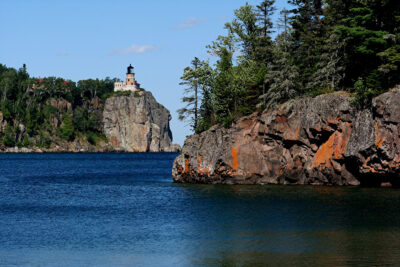
No list would be complete without the Great Lakes, which span eight US states as well as Ontario in Canada, and contain 21% of the world’s surface area. It would be difficult to choose just a single one of the five to visit, so why not visit them all? There are numerous small ship expedition cruises to choose from allowing you to explore the five at a leisurely pace, stopping in at national parks and cities like Chicago, Milwaukee and Toronto.
More information: greatlakesusa.co.uk
Read next: A history written in stone: Cruising the Great Lakes of North America
7. Banff National Park, Alberta, Canada
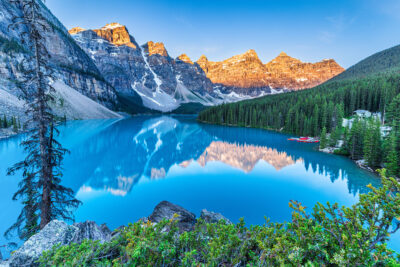
Beyond the Great Lakes, Canada is home to more than 900,000 lakes, so choosing just one to highlight is no easy task. So we’re not going to. Banff National Park is home to dozens of gorgeous options, including the world-famous Lake Louise and Moraine Lake. While these two can get incredibly busy in the peak summer months, shoulder season visits in early June and October will mean you beat the crowds. Even during busy periods, there are plenty of lakes to explore nearby – embark on a short hike and be rewarded by beautiful views sans other tourists.
More information: banfflakelouise.com
8. Pink Lakes, Western Australia and South Australia
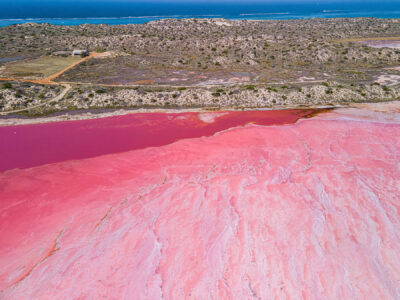
While Canada’s lakes are known for their blue hues, in Western Australia and South Australia, the most famous bodies of water are pink. Across both states, there are numerous lakes that take on the colourful thanks to the algae dunaliella salina which produces the red pigment beta-carotene when exposed to sunlight, including the Hutt Lagoon, on the Coral Coast, and Lake Hillier, on Middle Island, in Western Australia as well as Lake Bumbunga, in the Clare Valley, and Lake MacDonnell in the Eyre Peninsula, South Australia.
Australia’s pink lakes are a good example of the importance of protecting our lakes, too, given the famed Pink Lake near Esperance lost its pink colouring after over-mining for salt.
More information: australia.com
Read next: Your chance to catch a rare spectacle as Australia’s largest lake begins to fill
9. Lake Biwa, Shiga Prefecture, Japan
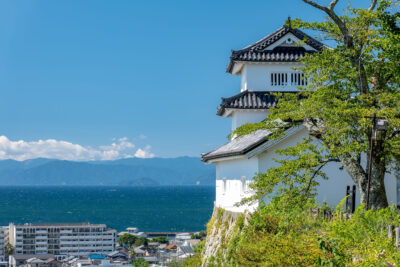
The Fuji Five Lake region might be shouted about the most when it comes to Japanese lakes, but this spot just outside Kyoto is well worth a visit. Formed at least four million years ago, it is one of the world’s oldest lakes, and at 670 square kilometres, it’s also Japan’s biggest. There are several lakeside cities for you to choose from, including Hikone, which is home to one of just five castles designated a national treasure in the entire country; Omihachiman, a well-preserved merchant town; and Nagahama, which has Japan’s oldest extant train station building.
More information: japan.travel
Read next: Where to visit along the new Golden Route between Tokyo and Osaka
10. Shey Phoksundo National Park, Nepal
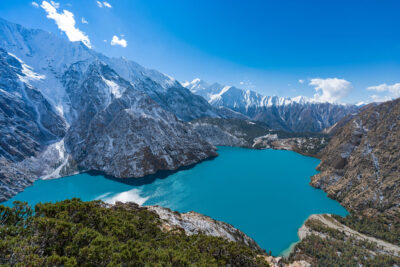
While most people associate Nepal with Everest Base Camp, there are plenty of other treks well worth heading to the country for, including a number around some very scenic lakes – such as Phoksundo Lake in Shey Phoksundo National Park. Aside from the brilliant blue hues of the lake, and the stunning mountain ranges surrounding it, Shey Phoksundo National Park is also one of the few remaining natural habitats for snow leopards, with around 90 living here as of 2023.
More information: dnpwc.gov.np
Read next: Nepal trek planner: 13 of the best routes for every trek type
11. Lake Petén Itzá, Guatemala
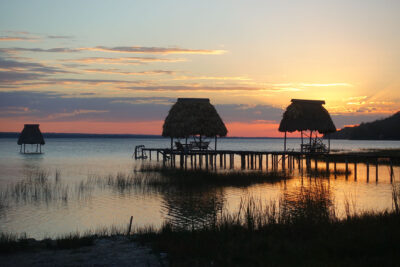
When thinking of the lakes of Guatemala, Lake Atitlán, the deepest lake in Central America, springs to mind. And while it’s certainly a sight to behold, overtourism in the area has led to an uptick in pollution. Instead consider Lake Petén Itza, which hasn’t drawn in the crowds yet. There are more than two dozen Maya sites nearby for you to explore, including Tikal and Yaxhá.
Read next: 7 things you must do in Guatemala
12. Lake Malawi (Lake Nyasa), Malawi, Mozambique and Tanzania
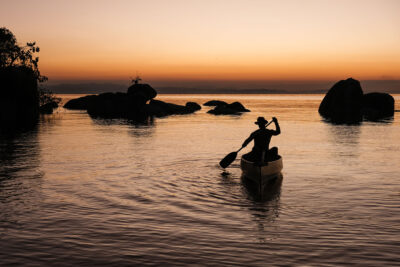
Plenty of the lakes listed on this list are big on superlatives – the biggest, the deepest, the longest – and while Lake Malawi has these (it’s the fourth largest freshwater lake in the world, and the second deepest in Africa), that isn’t the most fascinating thing about it. The lake is home to more fish species than any other lake, many of them endemic – which is why Lake Malawi National Park was added to the UNESCO World Heritage List in 1984. Aside from snorkelling and scuba diving, you can explore the lake by kayak, or go hiking nearby.
Read next: A wildlife guide to Malawi, Africa’s unsung safari destination
